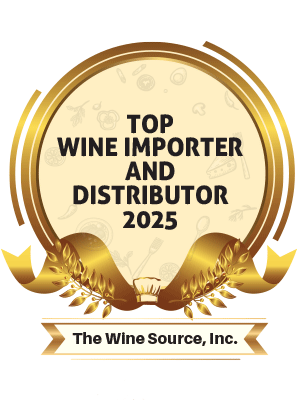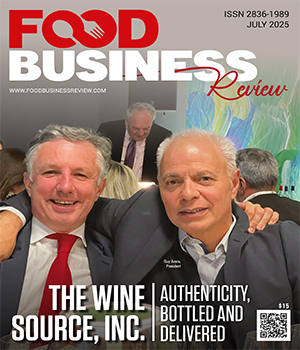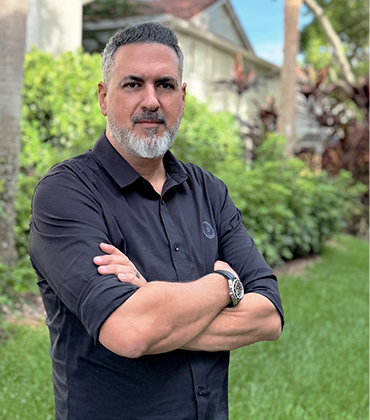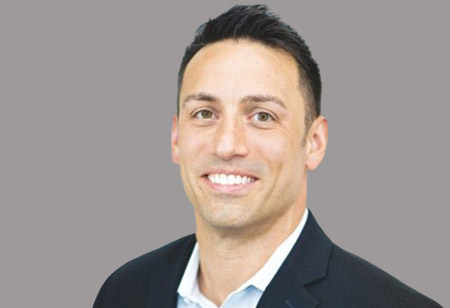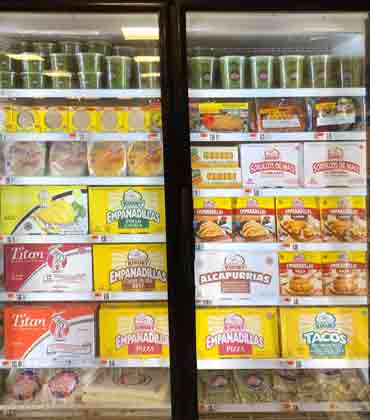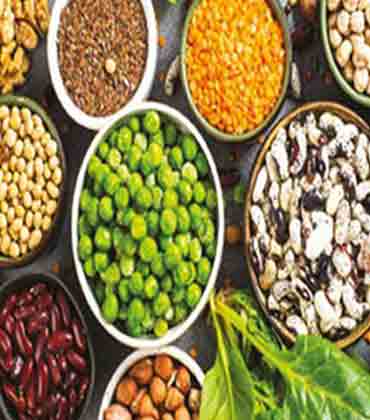Thank you for Subscribing to Food Business Review Weekly Brief
In today’s wine market, shelf presence and supplier scale often dominate. But for food and beverage leaders looking to deliver meaningfully curated wine programs where quality, origin and value align there is a different kind of partner. That partner is The Wine Source, Inc. Founded over 45 years ago by Guy Azera, The Wine Source is a U.S. importer and distributor specializing in estate-bottled wines sourced almost entirely from France. With over 1,200 wines across all major appellations, styles, and price points, the company offers something rare in today’s distribution landscape: depth, precision, and strategic flexibility. “We’re not pushing volume. We’re aligning the right wine with the right business application,” says Azera. Our portfolio is designed to perform for a range of operational models, from national chains to independent concepts. What Sets The Wine Source Apart? 1. Portfolio Depth that Drives Differentiation Rather than focus on high-volume labels, The Wine Source curates wines that represent a broad spectrum of regions and classifications. Bordeaux, Burgundy, Rh´ne, Loire, Alsace, Champagne, and more, all are represented through independent producers whose wines offer both authenticity and reliability. This range allows beverage teams to build distinctive wine lists that reflect their brand identity and support their pricing strategy. 2. Strategic Consulting, Not Commodity Sales The Wine Source operates as an extension of the beverage team. Whether designing a regional rollout, developing a French section from scratch, or sourcing hard-to-find SKUs for flagship properties, the company consults with clients to understand objectives, then delivers curated solutions. This isn’t opportunistic selling; its program building, done with discipline and data. 3. Tailored Market Entry for Producers Every supplier represented by The Wine Source is supported with a channel-specific market strategy. Organic Burgundy producers aren’t placed in unrelated retail chains. Grand Cru allocations aren’t offloaded to overstock warehouses. Placements protect brand equity and support reorder consistency, ensuring that every product is positioned for long-term success, not short-term clearance.
Top Latin Snacks Distributor 2025
Authentic flavor doesn’t begin on a plate. It begins with a memory. The richness of a polvorón or the golden crust of a pastelito de guayaba can instantly transport many in the Hispanic community back to their childhood kitchens. Yet preserving that cultural connection at scale— especially in the world of food distribution—isn’t easy. Most large distributors are built for efficiency and prioritize volume. Somewhere between the warehouse and the kitchen door, the essence of a dish—what makes it feel like home—can quietly slip away. Santiago Sierra knew this all too well. Long before founding DeliParva, a premium distributor of Latin bakery products, he was a partner in a busy restaurant in Orlando. There, he witnessed the power of good food to bring families together and reconnect them with their cultural roots. “I quickly learned what shows up at the back door decides what happens at the front,” says Sierra, CEO. “And if distributors fell short, chefs were left to compromise on freshness, flavor and sometimes on the traditions they set out to honor.” That realization became the foundation of DeliParva. DeliParva bridges the gap between scale and soul. From artisanal empanadas to staple ingredients that rarely appear on conventional supplier lists, the company delivers more than inventory—it provides continuity. For the small and mid-sized Hispanic restaurants it serves, each shipment is an assurance that what reaches the plate still carries the warmth of home. That promise is supported by a catalog of over 300 traditional Latin snacks SKUs, serving a broad and culturally rich clientele that includes bakeries, restaurants, hotels, supermarkets, schools, universities, stadiums and arenas. Whether it’s tequeños, cachitos, croissants, or dulce de leche pastries, each product is crafted in FDA-, USDA-, and SQA-certified facilities, ensuring the highest safety and quality standards. And just as important, every partnership is nurtured with service that speaks their language, literally and culturally. One example is DeliParva’s partnership with Juan Valdez, one of Colombia’s most recognized coffee brands and its first major franchise client in the U.S. Securing the relationship required sourcing dozens of specific products, navigating supplier negotiations, coordinating approvals and managing logistics while staying true to the brand’s cultural expectations. To this day, DeliParva supplies Juan Valdez locations throughout Florida using its fleet, adapting to the brand’s ongoing expansion with flexible delivery and personalized service.
Top Food Facilities Design Services 2025
Ric Jedrziewski’s journey in interior design is as layered as the spaces he creates. Starting out as a principal designer, he developed deep design expertise that would later shape the foundation of his own firm, Jedrziewski Designs. His designs, on the other hand, skillfully combine aesthetics and practicality to create environments that function intuitively for habitants and users. Whether designing luxury lodges or cutting-edge culinary campuses, Jedrziewski choreographs every space with precision, reimagining mountain resorts across North America into breathtaking, high-functioning environments. Among his most iconic projects are Big Sky Resort, Stein Eriksen Lodge, and Snowbird Resort —destinations renowned for their sophisticated interiors and world-class culinary facilities. More than just beautiful ski resorts, these projects reflect Jedrziewski’s commitment to leading a firm that designs innovative spaces. His vision to create complex interiors and food facility designs brought life to spaces that support both front and back-of-house operations. He propelled his company forward with this vision, redefining true luxury in how a space functions, welcomes and delights across resorts, hotels, campuses and culinary schools. “We are more than just a food service design provider. Our firm spans a broad spectrum of spaces that require re-imagination and development,” says Jedrziewski. “We bring the knowledge of hundreds of interiors to each new project, so our clients don’t have to start from scratch.” With a personalized approach to every project, Jedrziewski delivers sophisticated, budget-conscious solutions tailored to each facility. Through the seamless integration of interior and food service design, he grew his firm’s footprint across the country and beyond. He also broadened his portfolio by working on resort projects in Vermont, Wyoming, Washington, New Mexico and Hawaii, including projects for the LDS Church in Central America. Jedrziewski provides clients with a strong competitive edge by directing his team in designing interiors that optimize the flow of products from storage to delivery. This level of precision goes beyond equipment layout, resulting in operationally efficient spaces — particularly in high-performance kitchens. The team installs the latest equipment while ensuring clients understand how to maximize the benefits of their real estate.
CXO INSIGHTS

Alternative Proteins, Enabling Purposeful Eating For New Generations
Dina Fernandez, Global R&D Director, Alternative Proteins, Archer Daniels Midland (ADM)
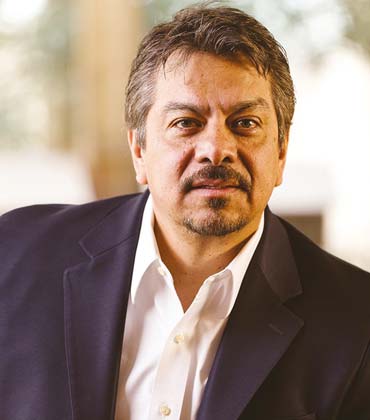
The Digital Age of Food Safety and Quality
Jorge Hernandez, Quality Assurance VP, the Wendy’s Company [Nasdaq : Wen]
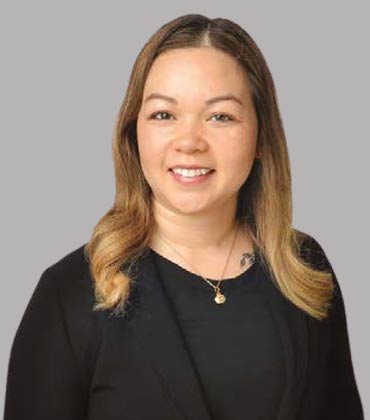
Technological Advances in Alternative Proteins
Jenna Kouri, Technical Business Development Manager, Nutrition, Batory Foods Inc
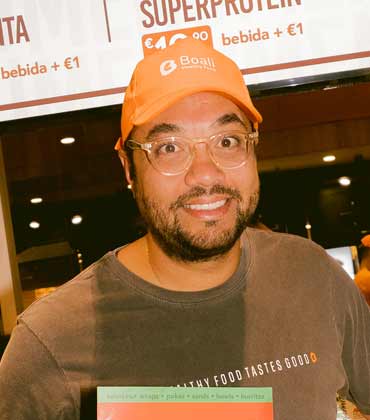
International Expansion and Operational Strategy
Victor Giansante, Director of International Development, Boali
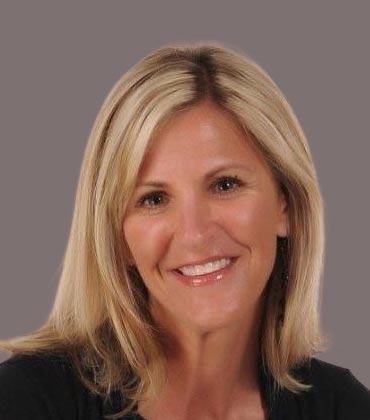
Purified Drinking Water: A Rising Necessity, Not a Luxury
Tina M. Swanson, Chief Revenue Officer (CRO), Flowater
IN FOCUS
The Rise of Vegan Protein: A Shift in Global Food Trends
The vegan protein industry is rapidly evolving due to rising consumer demand for plant-based diets. Production, technology, and sustainability innovations address challenges while expanding opportunities across the food supply chain.
EDITORIAL
Redefining Consumption For The Conscious Eater
The food and beverage industry is undergoing a quiet but powerful transformation. As global tastes evolve and consumer consciousness deepens, the industry’s focus is shifting to the spaces, systems and strategies that support food production. This evolution is driving an uptick in demand for sustainably designed food facilities, mindfully sourced and produced wines and snacks made with wholesome ingredients. Be it restaurants, grocery stores, food manufacturing plants or storage warehouses, food facility designers are building high-efficiency, future-ready production and delivery spaces. Design firms are ensuring that food is processed, packaged, stored and prepared in facilities that are designed for transparency and greater operational accountability. In parallel, wine importers are curating portfolios with an emphasis on organic vineyards, biodynamic practices and low-intervention wines to align flavors with wellness and sustainability trends. Latin snacks are also enjoying a renaissance, fueled by a demand for bold, authentic traditional flavors made using cleaner ingredients and natural seasonings. This edition of Food Business Review presents expert opinions of thought leaders in the food & beverages industry, with a special focus on food facilities, wine and Latin snacks. It features insights from Jorge Paz Soldan, business operations and strategy director at Starbucks. He discusses how true digital transformation has more to do with building disruptive business models that are customer-focused than being over-reliant on AI technologies. Jorge Hernandez, quality assurance VP at The Wendy’s Company [NASDAQ : WEN] highlights the increasingly crucial role digital technologies are playing in transforming modern food and beverage production and distribution processes and are influencing food safety and quality programs. It also features Jedrziewski Designs, a food service design provider with a difference. It reimagines spaces to design complex interiors for food facilities, culinary schools and luxury stays that delight the senses. We hope this edition gives you deep insights into how food and beverage companies and food facility designers are transforming the food culture for today’s and tomorrow’s consumers.


